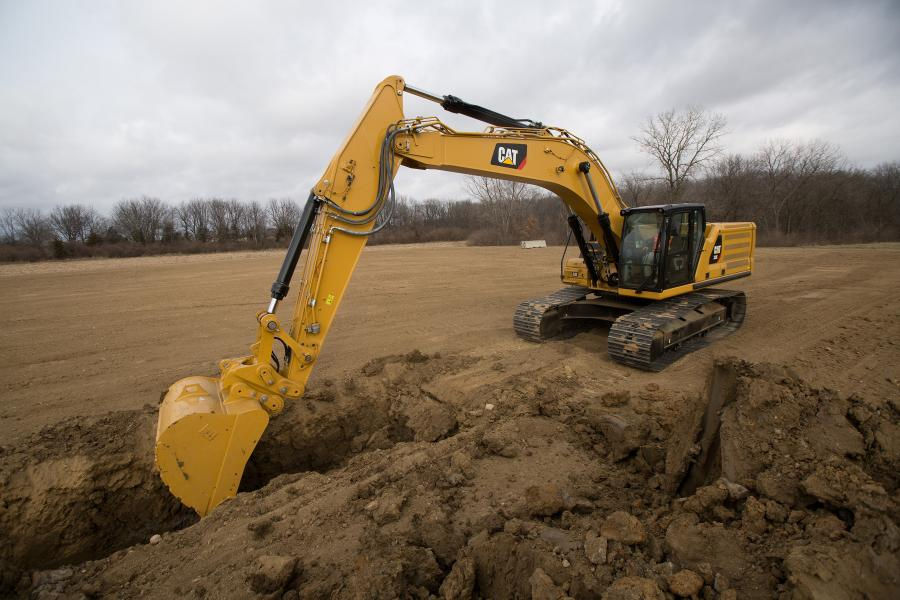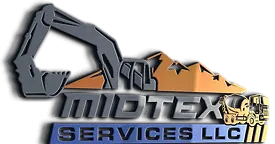Overcoming Concrete Challenges: Navigating the Construction Landscape in Texas
- Midtex Services
- May 5, 2024
- 2 min read

Introduction:
In the vast and diverse construction industry of Texas, concrete contractors face a unique set of challenges that demand resilience, adaptability, and expertise. From environmental factors to regulatory complexities, navigating the concrete landscape in the Lone Star State requires a deep understanding of local conditions and a proactive approach to overcoming obstacles. In this article, we'll explore some of the common concrete challenges faced by contractors in Texas and strategies for tackling them effectively.
Environmental Extremes:
Texas is known for its extreme weather conditions, including scorching summers, occasional hurricanes, and unpredictable rainfall patterns. These environmental factors can significantly impact concrete work, leading to issues like rapid drying, cracking, and reduced workability. Contractors must employ techniques such as proper curing, temperature control, and the use of additives to mitigate these challenges and ensure the durability of concrete structures.
Expansive Soils:
A prevalent geological challenge in Texas is expansive soils, which have high clay content and undergo significant volume changes with moisture variations. When building on expansive soils, concrete contractors must implement soil stabilization methods, proper foundation design, and moisture control measures to prevent structural damage and maintain the integrity of concrete foundations and slabs.
Regulatory Hurdles:
Navigating regulatory requirements and permitting processes can be a major obstacle for concrete contractors in Texas. Local building codes, zoning ordinances, environmental regulations, and safety standards must be carefully followed to avoid delays, fines, or project setbacks. Contractors must stay updated on regulatory changes, collaborate closely with regulatory agencies, and ensure thorough documentation and compliance throughout the construction process.
Labor and Skills Shortages:
Like many parts of the country, Texas faces challenges related to labor shortages and skilled workforce gaps in the construction industry. Concrete contractors often struggle to find qualified laborers, experienced concrete finishers, and skilled tradespeople. Investing in training programs, apprenticeships, and technology-driven solutions can help address these workforce challenges and enhance productivity and quality on construction sites.
Material Sourcing and Supply Chain Disruptions:
The global supply chain disruptions experienced in recent years have also impacted the concrete industry in Texas. Fluctuating material costs, delays in deliveries, and shortages of key construction inputs have posed challenges for contractors. Building strong relationships with reliable suppliers, exploring alternative materials or sourcing options, and adopting efficient inventory management practices are essential strategies to mitigate supply chain risks.
Innovation and Technology Adoption:
Amidst these challenges, embracing innovation and leveraging technology can empower concrete contractors to overcome obstacles and improve project outcomes. Advanced tools such as Building Information Modeling (BIM), drone surveys, 3D printing, and smart sensors can enhance project planning, monitoring, and quality control. Additionally, adopting sustainable practices and green building technologies can align with evolving market demands and regulatory expectations.
Conclusion:
While concrete contractors in Texas encounter various challenges, proactive planning, continuous learning, and strategic partnerships can turn obstacles into opportunities for growth and excellence. By addressing environmental, regulatory, labor, supply chain, and technological challenges head-on, contractors can navigate the dynamic construction landscape of Texas with confidence and success.
Would you like to explore any specific aspect or add more details to this article?





Comments